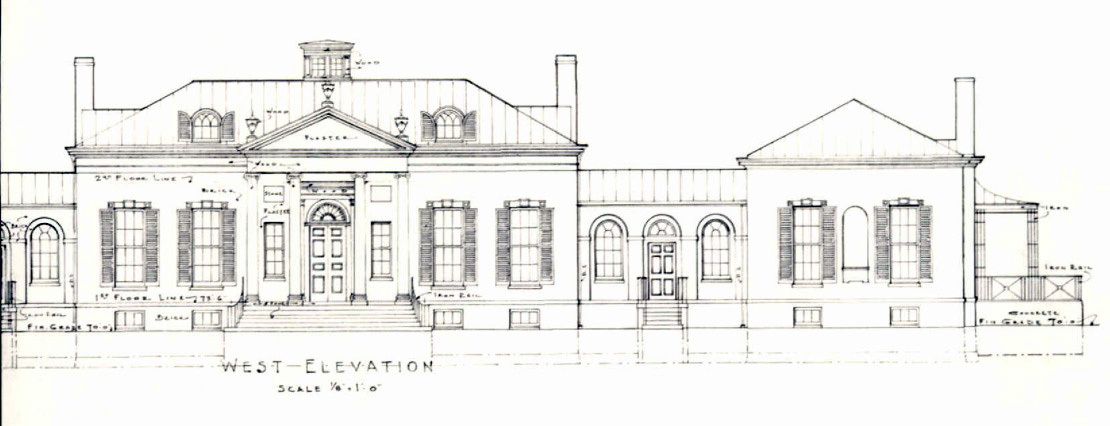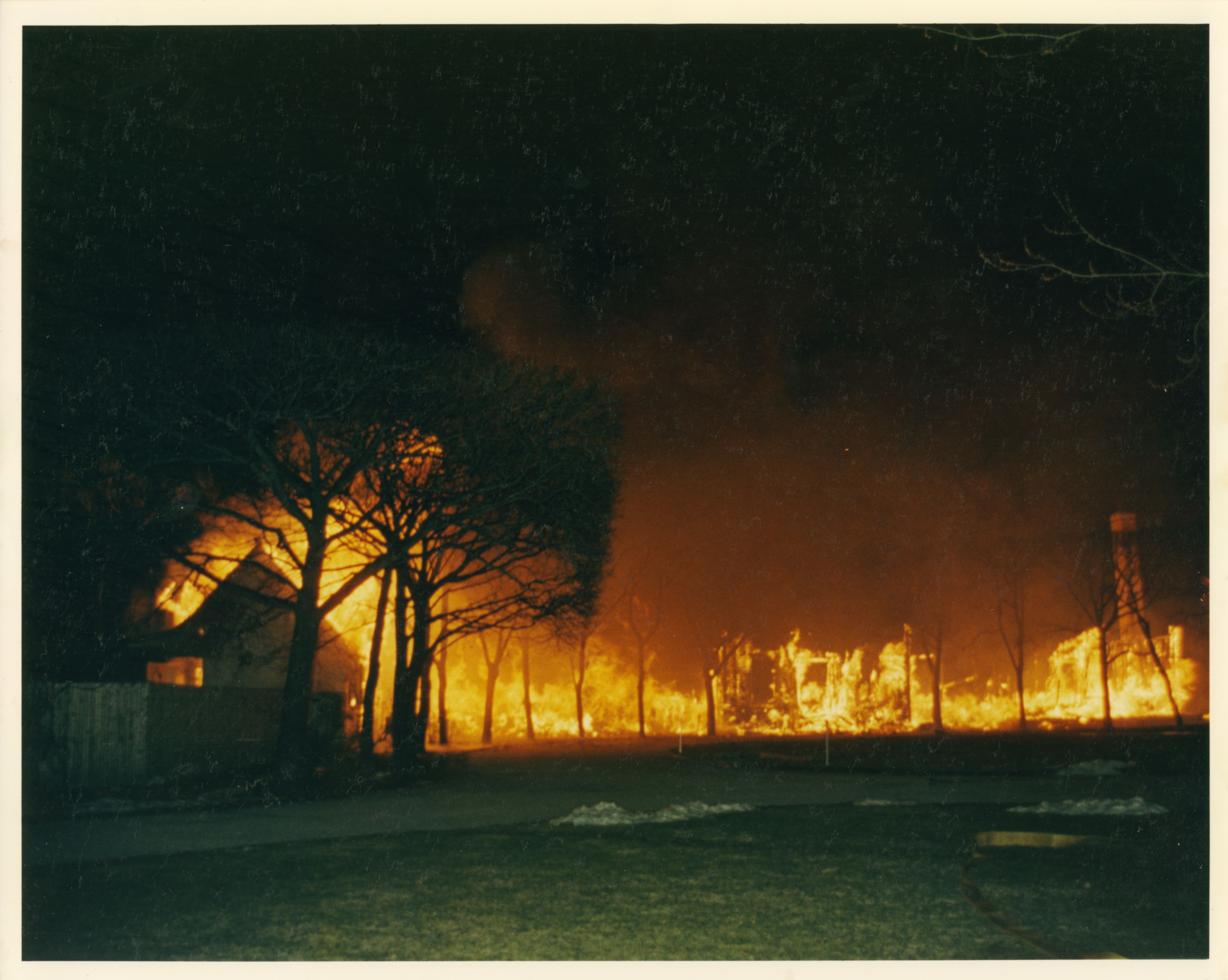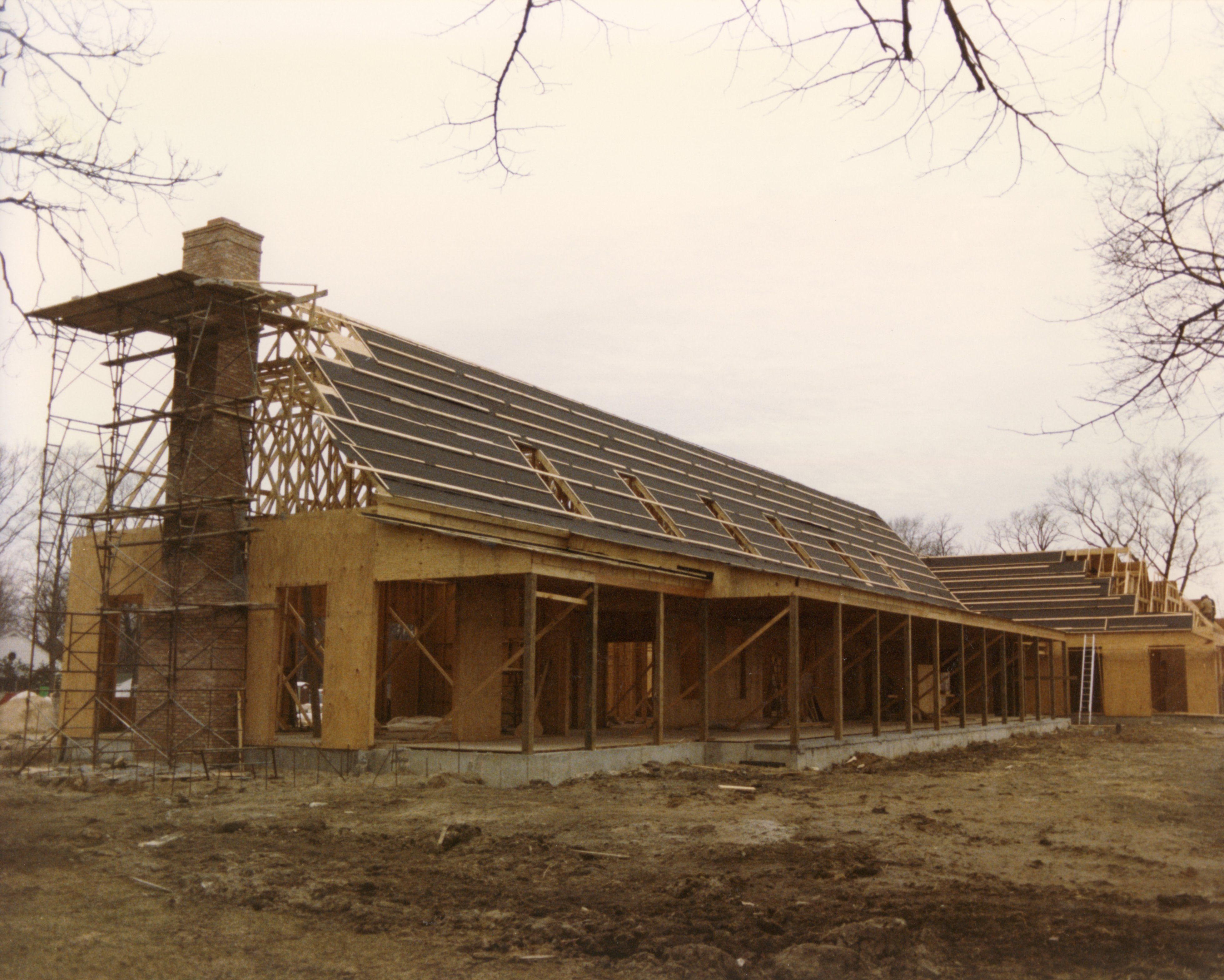Shoreacres: Best Laid Plans

Given its location near Naval Station Great Lakes, it is fitting that Shoreacres, more than any other local club, had its early history framed by the two world wars. First, World War I delayed its construction, and the postwar recession scaled back its plans; ideas for both an ornate Georgian clubhouse and a full offering of aquatic sports were abandoned. No skimping was done by noted architect Seth Raynor’s golf links, however, which continues today to be ranked among the top 100 courses in the U.S. (27th by GOLF Magazine in 2017).
Stanley Field, a nephew of merchandising pioneer Marshall Field, had built an estate along the shore in Lake Bluff seven years earlier, and was a driving force behind the new club and the first president. It was incorporated November 18, 1916, and was to be called Lakewoods – for a few weeks, at least, until, somewhat unsurprisingly, another club with a similar name was discovered; by December, Shoreacres had been settled upon instead.


By 1919, the plans for Shoreacres were humming again, and the club was asking for bids for clearing the property in July. But with the postwar recession, and the changing aspirations of the members, some of these plans were scaled back; both the grand Georgian clubhouse and the full offering of aquatic sports were abandoned. The club acquired two surplus barracks from the naval base to serve as temporary locker rooms. Members ended up enjoying the informal atmosphere created by these uncomplicated spaces so much that when the clubhouse project was revived, the founders decided in favor of a more intimate, relaxed building. Architect David Adler went back to the drawing board and designed a clubhouse in the Early American style, mimicking the understated elegance of the locker rooms.

Twenty years after the club’s official opening in 1923, war again made its mark on the annals of Shoreacres. In April 1943, the club agreed to loan the clubhouse and course to the naval base, to provide patients at the naval hospital, many who had been wounded in action, with free use of the facilities. Officers and other enlistees paid a modest greens fee. In turn, Onwentsia offered to harbor Shoreacres members for the duration of the war.

In late March, 1983, the clubhouse at Shoreacres was destroyed by fire. In rebuilding the structure, architect Laurence Booth sought to retain the Tidewater Colonial character of David Adler’s 1923 design. The clubhouse reopened in December, 1984.

